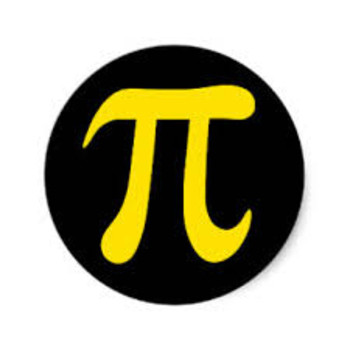A parallelogram has a base of length #2x+1#, a height of #x+3#, and an area of 42 square units. What are the base and height of the parallelogram?
2 Answers
Nov 16, 2015
Base is 7, Height is 3.
Explanation:
The area of any parallelogram is Length x Width (Which is sometimes called height, depends on the textbook). We know that the length is
May 2, 2016
length =
height =
Explanation:
Reject


